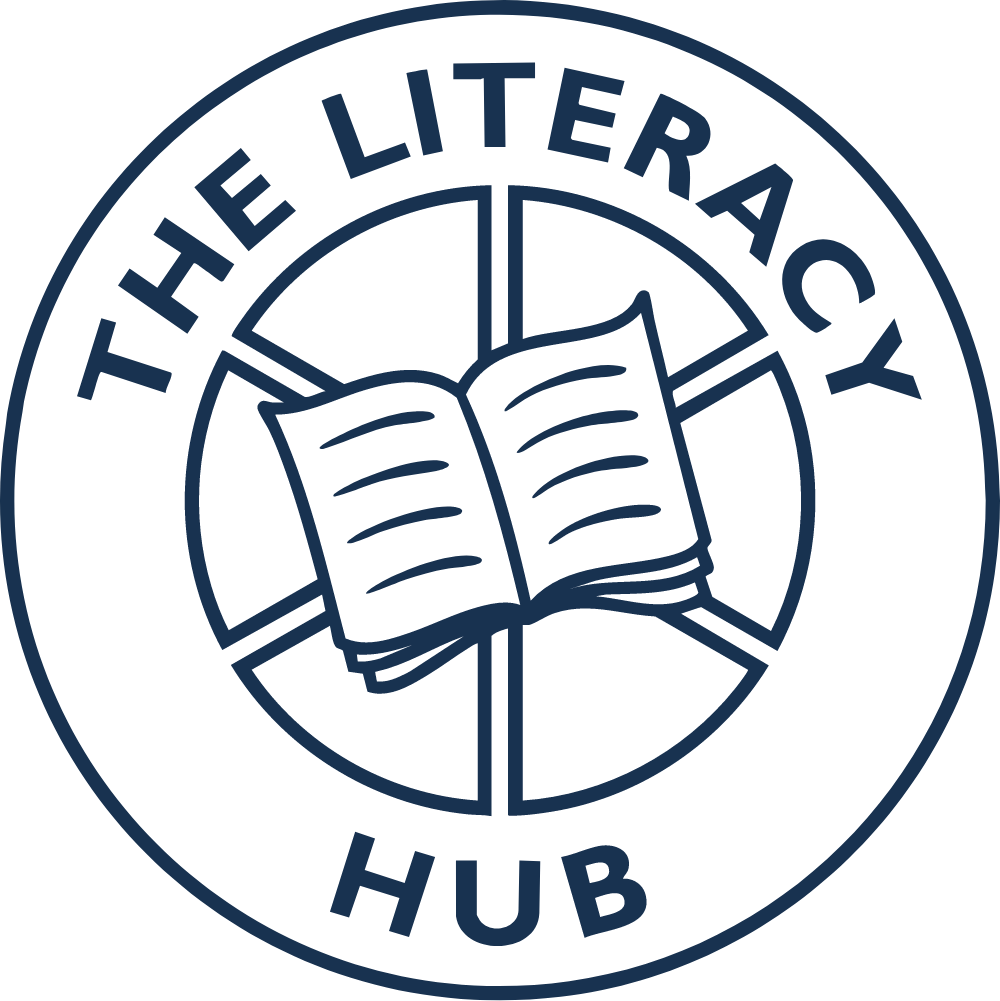All About Dyslexia
All About Dyslexia: A Practical Guide for Secondary Teachers
By Louise Selby
Easy-to-read and informative guide to dyslexia and how to support dyslexic learners in secondary school
What it’s about
This book aims to help secondary teachers to understand dyslexia and learn practical strategies to help dyslexic pupils in the classroom.
Part 1 includes the official definition of dyslexia from the Specific Learning Difficulties Standards Committee (SASC), together with a more teacher-friendly explanation. To convey the challenges of living with dyslexia, Louise uses ‘Voices of Dyslexia’, which are personal stories and quotations from dyslexic people and their families. She is also careful to dispel some of the myths surrounding dyslexia (no, coloured overlays are not going to resolve the difficulties of most dyslexic students!).
Part 2 focuses on practical strategies for the classroom. These are mostly general strategies for all teachers: ‘Allow time for consolidation and over-learning’, ‘Consider cognitive load and the demands on working memory’, ‘Model and scaffold metacognition in your teaching’, and many more. This section also describes how to assess the readability of texts, gives tips for supporting students to read tricky words, and considers when to use Assistive Technology such as speech-to-text, text-to-speech and AI. Some subject-specific tips are also included.
Part 3 covers other ways in which dyslexic pupils can be supported in school, including targeted intervention, collaboration with parents and support with the transition between different phases. A short chapter describes how Access Arrangements work, including the important role of subject teachers in identifying pupils who may need assessment, and supporting adaptations as part of pupils’ ‘normal way of working’ in the classroom.
The good
The writing style is easy-to-understand and friendly without being patronising. It’s also concise, making the book a manageable length for most teachers. Louise Selby is great at achieving the right balance between the friendliness and engagement of presenting her own perspective, and the practicality of presenting guidance in a well-structured and easy-to-find manner without excess waffle. The information is up-to-date (published in 2025) and the advice is practical (though not detailed).
The less good
It’s let down by poor production values – the paper is poor-quality (with writing showing through from the reverse) and images are too small and slightly blurred. Having said that, the most useful images are available as a pdf download if you purchase the book.
A slight frustration that I have with many ‘dyslexia-friendly’ teaching strategies is that most of them are actually just good general teaching strategies for all pupils. This is not a criticism that is specific to this book, but it means that most of the suggested strategies to use in the classroom are those that would be advocated by supporters of explicit teaching, and so many teachers won’t find much that is new in terms of practical guidance. Nevertheless, the reassurance that this is the right approach for dyslexic pupils will be helpful to staff.
The takeaway
Louise Selby’s experience as a teacher, trainer, SENCO, specialist dyslexia assessor and dyslexia tutor make her the perfect author for this book. I highly recommend it for a quick and general overview of the best ways to support dyslexic pupils in the classroom and around school.

